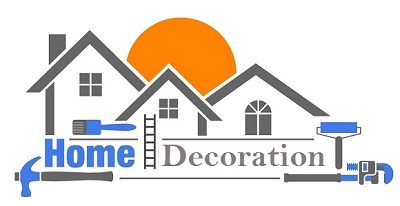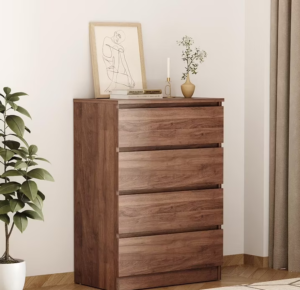The square footage measurement of a home is one of the largest driving factors behind determining its fair market value. Mis-measuring a property could throw off a number of things when it comes to the overall value of a home.
An explanation of how square footage measurements are important
There are many different scenarios in which a homeowner may need to know the square footage of their home. Some of these could include contesting a very high property tax assessment, undertaking renovation projects, especially when adding more space to the home is concerned, or when valuing the home to get it ready to sell.
When getting a home ready to sell, making sure you have the exact measurements of the home is vitally important to the listing price that you place on the property. Once more when you receive an offer on a home, if the buyer is purchasing with a mortgage the lender will make it mandatory to have an official appraisal conducted. If the measurements are inaccurate it could result in your list price, or your offer, being far off from the official appraisal number.
How to accurately calculate the square footage of your home
To accurately calculate the square footage of your home you want to make sure you have a few things handy including a calculator, a measuring tape, a paper, and pencil, or your phone to record your results.
Measurements can be pretty straightforward if the properly is perfectly rectangle or square as this requires simply measuring the length and the width and multiplying the two numbers together. This process becomes more complicated with home designs that have several angles or more artistic designs like circular areas.
Here are some measuring steps to help you navigate more creative angles when calculating square footage in your home.
It is good to know exactly what areas make up your home and which are considered their own space or room. Some people like to start this with a rough sketch of the home and labeling each space that needs to be measured. Remember that every hallway and entry area is considered their own space or room.
Start with your measurement of each room by getting the smallest length and width in feet of each space. Then multiply these together to receive the square footage of the room. This of course is very straightforward for a rectangular or square room. If there are areas of extra space then you will want to measure those by their length and width and add them in.
Measurements you do not need to include
You do not want to include any space that is not walkable or livable as it will not count toward the gross living area of a home. One example of this is if you have an entry into your home with a two-story height for the ceiling you will not measure this twice to include the second story space inside the ceiling area. This cannot be used to walk across. It is not extra usable space for a living.
Unfinished basements and garages are not counted towards the total square footage of your home and in some areas, even a finished basement built below ground level is not included.
It can be complicated to get the exact legal square footage of your home so if you’re in doubt it is always best to have a professional conduct the measurements. In many cases, a real estate agent can pull up old records to obtain the square footage of a home as it is most often included in sales transaction paperwork.
If your agent is unable to track down a good estimate of the square footage, it is worth it to have measurements taken by a professional appraiser. This can run anywhere from $300 to $1,500. But at least you know for sure what you’re home should be stated as for tax purposes or when you sell.






More Stories
Discovering Calgary: Why Buying a Home in This Vibrant Canadian City Makes Sense
Smart Investments: Navi Mumbai Property for Investors
Flat in Wadala For Sale: Identifying the Key Determinants